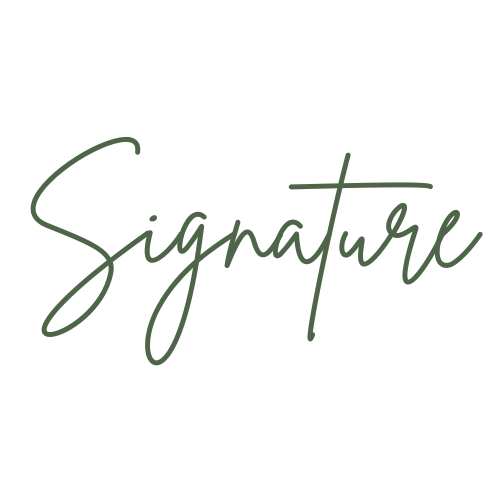Francisco Goya Authentication
Francisco Goya, one of Spain’s greatest and most influential artists, is celebrated for his dramatic and often dark exploration of human nature, politics and society. Born in 1746 in Fuendetodos, Spain, Goya’s career spanned tumultuous periods in European history, including the Enlightenment, the Napoleonic Wars, and the Spanish Inquisition. Goya’s early works, particularly his court portraits of Spanish royalty, demonstrated his masterful command of traditional painting techniques, but it was his later, more personal works that cemented his legacy as an artist who captured the darker side of human existence.
Famous for works such as The Third of May 1808, Saturn Devouring His Son and the Los Caprichos series of prints, Goya is known for his vivid depictions of war, suffering and grotesque figures. His ability to merge sharp social critique with innovative, often unsettling visuals made him a precursor to modern art movements like Romanticism and Expressionism.
As the demand for Goya’s works has grown in recent years, forgeries and misattributions have become increasingly common, making authentication a crucial service for collectors, galleries and museums.
The Challenge of Goya Authentication
Authenticating works by Francisco Goya presents unique challenges due to the artist’s stylistic diversity and the varied mediums in which he worked. Goya’s output includes court portraits, religious scenes, political commentary, etchings and his haunting "Black Paintings," making it difficult to apply a uniform set of criteria for identifying his works. His ability to seamlessly transition between formal, traditional techniques and more expressive, personal ones means that forgeries can appear convincing, even to those familiar with his work.
Furthermore, Goya’s prolific career spanned several distinct phases, each marked by a different approach to subject matter, color palette and technique. His early commissions as a court painter for the Spanish aristocracy are often characterized by elegance and refinement, while his later works, including the Los Desastres de la Guerra series and his "Black Paintings," veer into raw, emotionally charged imagery. This variation in style has made it more challenging to authenticate Goya’s works, particularly for those unfamiliar with the nuances of his different periods.
Additionally, Goya’s prints and etchings have been reproduced extensively, further complicating authentication efforts. Forgeries, reprints and misattributions abound in the market, making it essential for collectors and institutions to consult experts like Signature to ensure the legitimacy of any work attributed to Goya.
Signature’s Approach to Goya Authentication
Authenticating a work attributed to Francisco Goya requires deep knowledge of his different artistic phases, the techniques he employed and the historical context in which he worked. At Signature, we approach Goya authentication with a combination of techniques:
Comparative Analysis: Goya’s works evolved significantly over his career, requiring a careful comparison with authenticated pieces from the same period. Our team of experts at Signature carefully examines the stylistic elements of the suspected work, focusing on brushstrokes, composition and the use of light and shadow, which were hallmarks of Goya’s mastery. Whether it’s one of his early royal portraits or a later, darker piece like those in the "Black Paintings" series, we evaluate whether the techniques align with Goya’s known methods for that particular phase of his career.
Provenance Research: Establishing provenance—tracing the ownership history of a piece—is critical to confirming a work’s authenticity. Given the long history since Goya’s death, gaps in ownership records can be a red flag. At Signature, we meticulously investigate the provenance of the artwork, reviewing historical sales, exhibition records and any supporting documentation that can validate the piece’s legitimacy. If gaps in the provenance arise, we consult archives and scholarly resources to fill in the blanks, ensuring a thorough and reliable authentication process.
Scientific Analysis: Given the prevalence of forgeries in Goya’s work, particularly in his prints and etchings, forensic analysis is key. At Signature, we use advanced techniques such as pigment analysis, X-ray imaging and infrared reflectography to assess the materials used in the artwork. By examining the composition of pigments, canvas, or paper, we can determine if they correspond to those available in Goya’s era. Modern materials or inconsistent techniques would raise suspicions about the work’s authenticity. For prints, we analyze the plates and techniques used to ensure that they match Goya’s known practices.
The Legal and Financial Stakes of Goya Authentication
Authenticating works by Francisco Goya carries significant legal and financial stakes due to the high value of his art on the global market. Genuine works by Goya—whether paintings, prints, or drawings—can sell for millions of dollars at auction, making them a valuable asset for collectors and institutions. However, the consequences of purchasing a forgery or misattributed work can be severe, including financial losses, legal disputes and reputational damage.
Auction houses and galleries are increasingly cautious when handling works attributed to Goya, requiring expert authentication before proceeding with a sale. For collectors, acquiring a genuine Goya represents both a cultural achievement and a secure financial investment. However, purchasing a forgery can result in substantial financial setbacks and legal ramifications. This is why thorough and reliable authentication is essential.
At Signature, we understand the high stakes involved in authenticating Goya’s works. Our team of experts is dedicated to providing reliable, thorough authentication so that collectors and institutions can buy and sell Goya’s art with confidence. Contact us today to learn more about how Signature can assist with Goya authentication.

